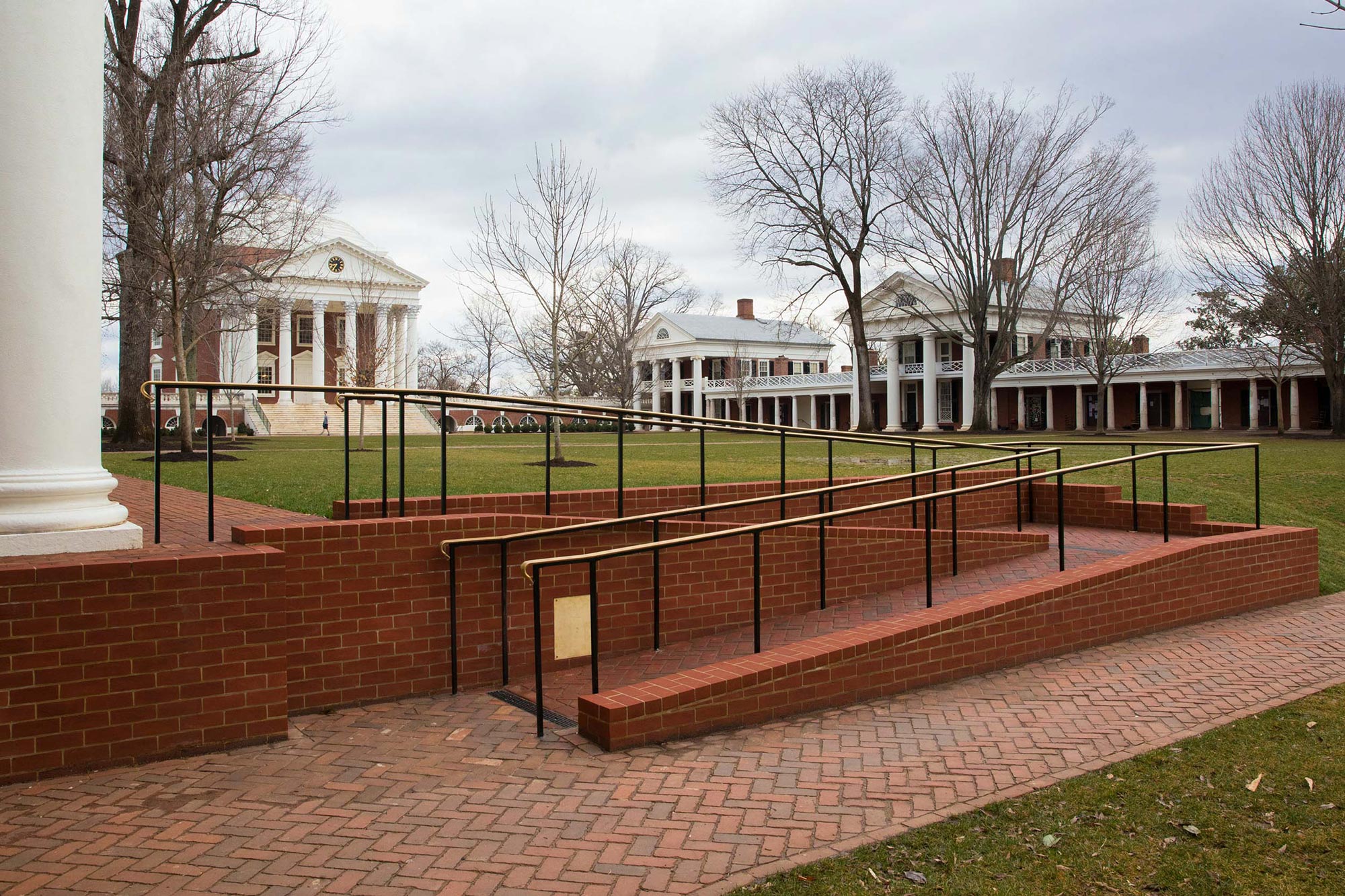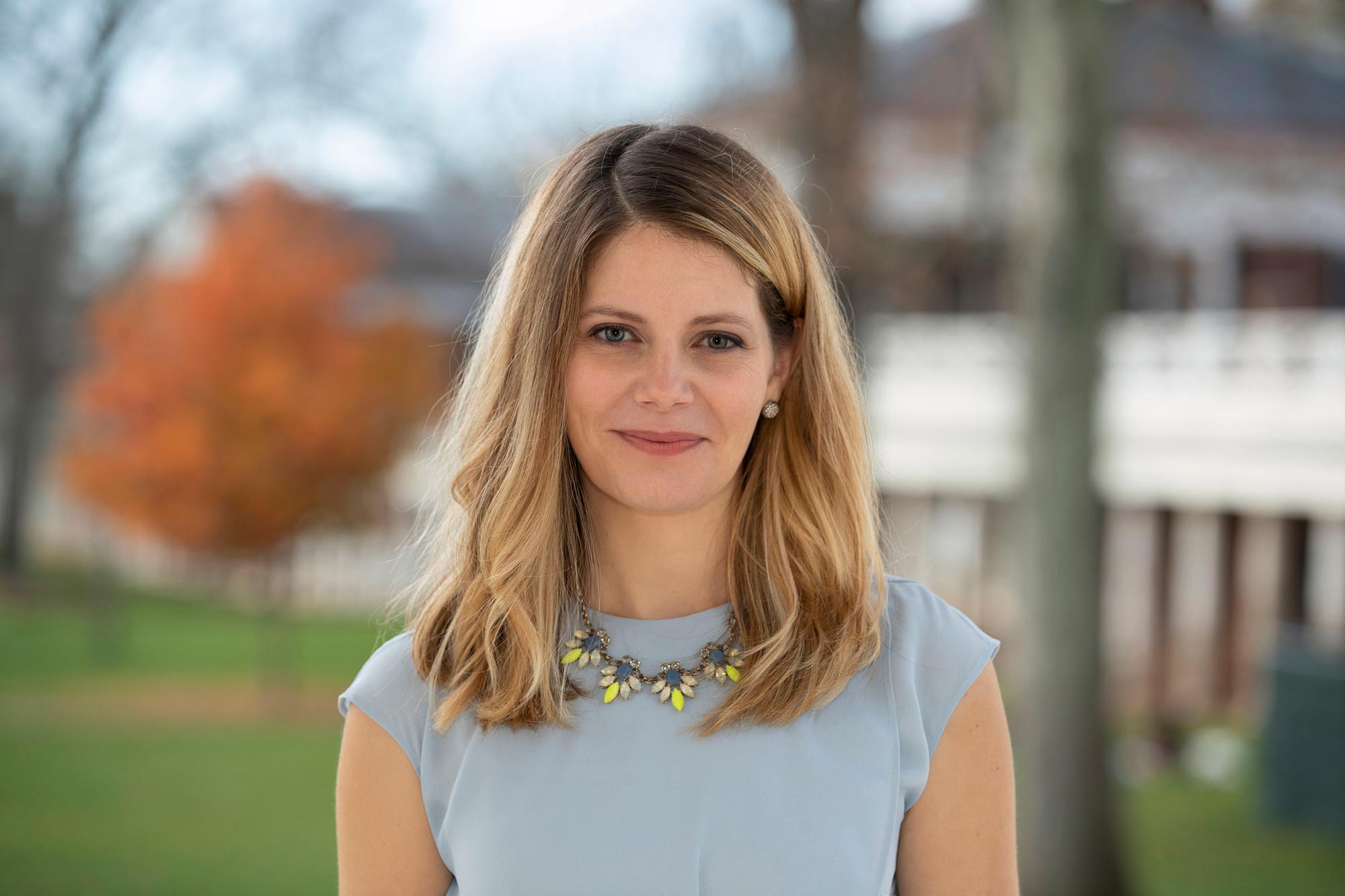For example, if a student breaks her wrist, the Student Disability Access Center can assist her with either a scribe to take notes or text-to-speech technology. If a student is blind or has low vision, the center supports him by ensuring he has accessible digital course documents and the right technology. Accommodations and services through the center are personalized for each student and can vary from identifying an accessible place to live to helping a student reschedule a COVID-19 test due to high-risk pre-existing conditions.
During the rapid transition to online learning in the spring of 2020, the team at the Student Disability Access Center connected with more than 2,000 students to ensure they had the resources they needed to learn virtually. For some students, that involved captioning Zoom lectures; for others, it meant extended time on exams, or access to the latest technology to transcribe lectures and organize their notes.
During a typical semester, the center works with approximately 8% of the student body on short-term or long-term accommodations.
UVAToday touched base with Barbara Zunder, the director of the Student Disability Access Center, to see what’s happening now and what the near future holds for accessibility initiatives at UVA. Zunder has worked with students with accessibility needs since 2003, and her team’s mission is to ensure that the center’s services encourage and welcome a fully accessible student experience while remaining in compliance with all federal and state mandates.
Q. What’s going on behind the scenes at the Student Disability Access Center ?
A. In light of the pandemic, we are finding ourselves creatively navigating accessibility in different spaces: the virtual environment, in-person instruction, the residential experience, and those living away from Grounds.
Many students who did not need accommodations before March 2020 now find themselves with a myriad of issues related to online learning. Other students are actually finding virtual learning more accessible than being physically present in class.
Because everything is so individualized, there is not a cookie-cutter approach to any one student. Our team is also part of the University’s overall COVID-19 response efforts, as we work with students in quarantine and help ensure accessibility for other community safety measures, such as prevalence testing.
Q. What are some of the most common accommodations the center provides students?
A. Our most common accommodations are exam-related, such as more time to take an academic exam. Helping students navigate attendance or assignment deadlines are also common academic-related accommodations.
Outside of the classroom experience, we work closely with people and departments around Grounds to ensure accessibility in other areas of a student life. For example, we regularly collaborate with Parking & Transportation. Together, our teams determine the most reasonable parking options depending on a student’s situation, such as where they live on-Grounds or where they typically have classes.
Q. How has your team shifted to address student needs unique to COVID-19?
A. We have gotten quite adept at integrating live captions into Zoom courses, providing remote American Sign Language interpreters and captioning other course materials – all at about triple the volume that we had previously. We worked very closely with Housing & Residence Life to address housing-related needs for hundreds of students who suddenly were at risk for severe complications from COVID-19.
Something new comes up related to COVID-19 nearly every day that makes us stop and rethink how we can and should address a potential barrier in light of the pandemic. For example, how do you provide a virtual education to someone who can’t be on screens because they are healing from a concussion? There is no one answer for this, which makes it challenging – but motivating.
Q. Whom is the Student Disability Access Center partnering with across Grounds?
A. We are lucky to partner with so many people across Grounds. I’ve mentioned Parking & Transportation and Housing & Residence Life; we also have strong cross-collaborations with the provost’s office and UVA’s Office for Equal Opportunity and Civil Rights.
It’s also important to mention the close partnership the center has with colleagues in [Student Health]. For example, we have a strong relationship with Counseling and Psychological Services, which helps us provide more holistic support for students who are experiencing difficulties with mental health.
We also are part of many University-wide collaborations. The Barrier-Free Access Committee brings together people from around Grounds to address physical barriers, and many of those people were instrumental in getting the wheelchair ramps installed on the Lawn, as well as addressing student concerns about bringing some of the 200-year-old rooms on the Lawn up to code. The Disability Action and Advocacy Committee is a sub-committee of the Diversity Council, which serves as a think tank for improving access across Grounds.
Collaborations can also be specific to education of UVA community members. Last semester, we announced a new training resource for faculty and instructors on the student disability accommodation process. The new training offers in-depth information on the roles, rights and responsibilities that faculty, the center and students have as part of this process, and addresses common accommodations, sample syllabi statements and reporting procedures.
Q. What does the future look like for the Student Disability Access Center and, more broadly, accessibility at UVA?
A. As your readers may know, UVA’s new Student Health and Wellness Center is on track to be completed this year. The center’s space in the new building is going to be revolutionary for both students and my team.
We’ll have more room to provide in-person exam proctoring services (nearly tripling our current capacity), a training center for accessible technology and more staff to work with students. We have strategic plans to expand services and outreach, which is made possible in large part because of the opportunities that will be afforded with this new space.
More broadly, I am very optimistic about the future of accessibility at UVA. There is a real interest in this movement, which is evidenced by the many partnerships and working groups that I am a part of, as well as the energy I witness when discussing accessibility-related issues, whether it is digital, physical or attitudinal barriers.











